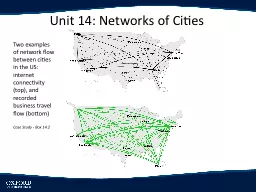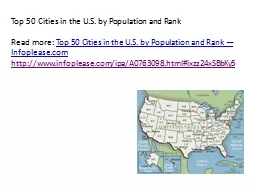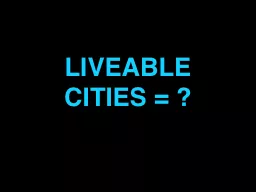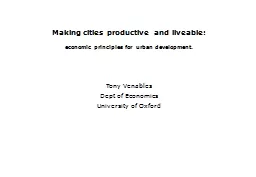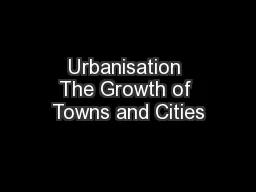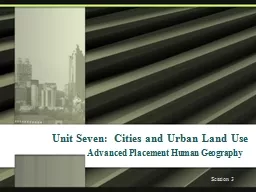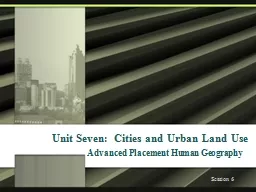PPT-Unit 14: Networks of Cities
Author : ellena-manuel | Published Date : 2016-03-25
Two examples of network flow between cities in the US internet connectivity top and recorded business travel flow bottom Case Study Box 142 OBJECTIVES Demonstrate
Presentation Embed Code
Download Presentation
Download Presentation The PPT/PDF document "Unit 14: Networks of Cities" is the property of its rightful owner. Permission is granted to download and print the materials on this website for personal, non-commercial use only, and to display it on your personal computer provided you do not modify the materials and that you retain all copyright notices contained in the materials. By downloading content from our website, you accept the terms of this agreement.
Unit 14: Networks of Cities: Transcript
Download Rules Of Document
"Unit 14: Networks of Cities"The content belongs to its owner. You may download and print it for personal use, without modification, and keep all copyright notices. By downloading, you agree to these terms.
Related Documents

